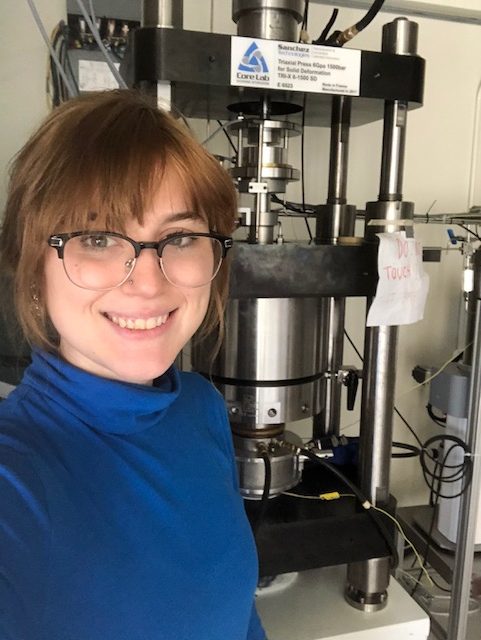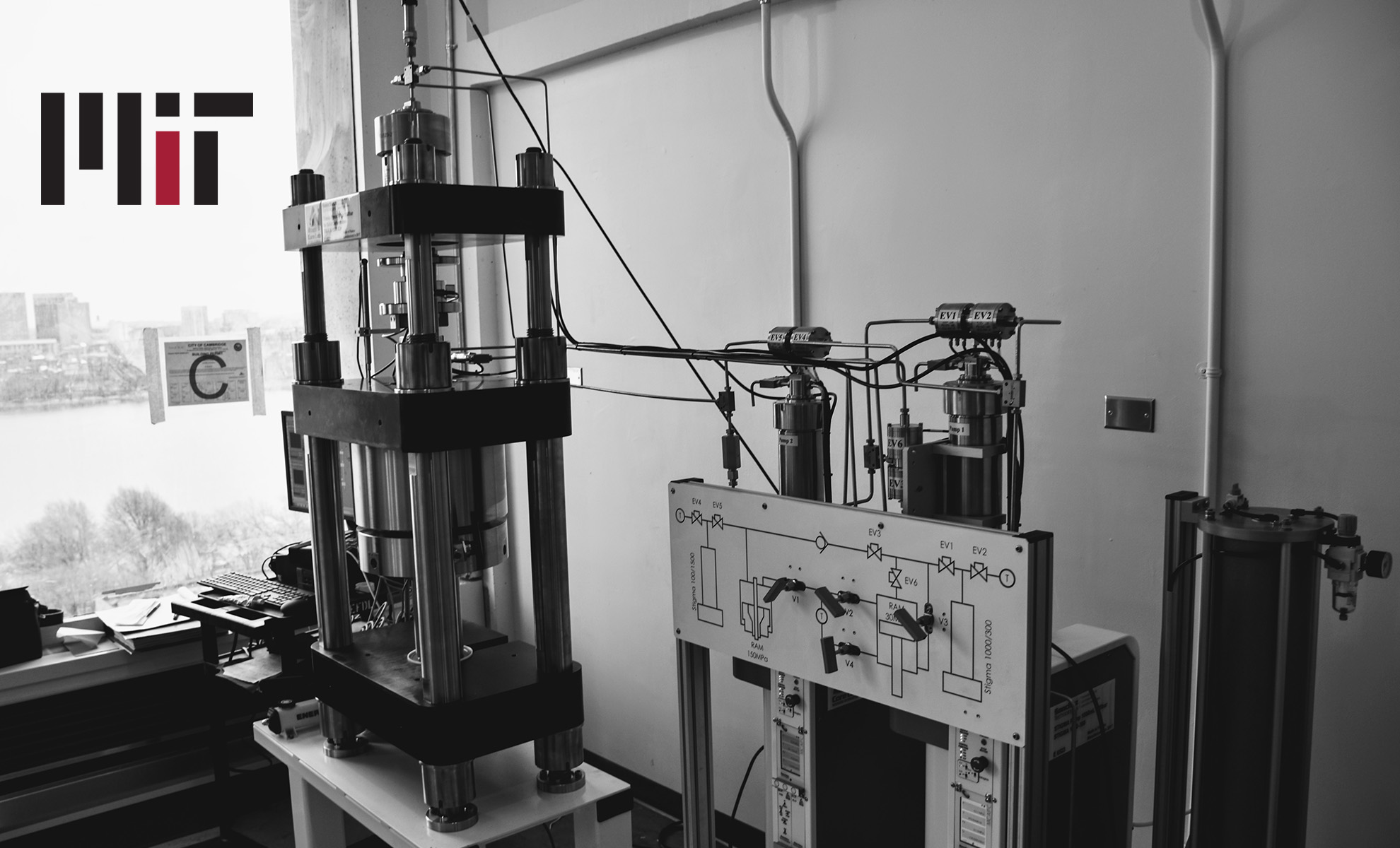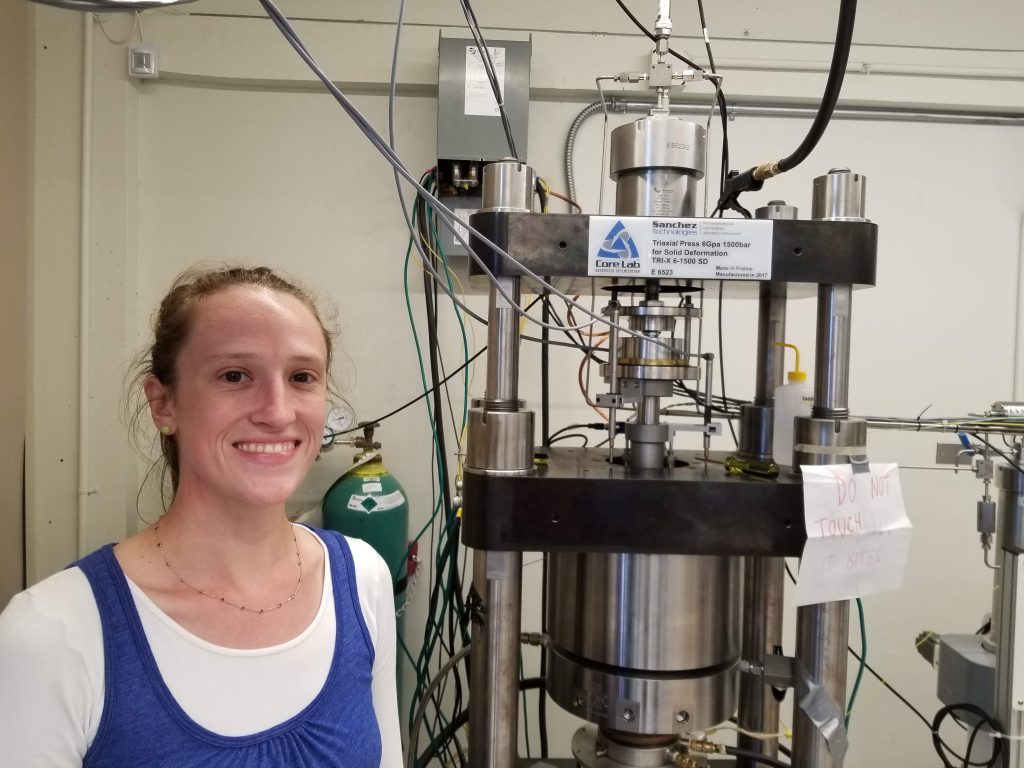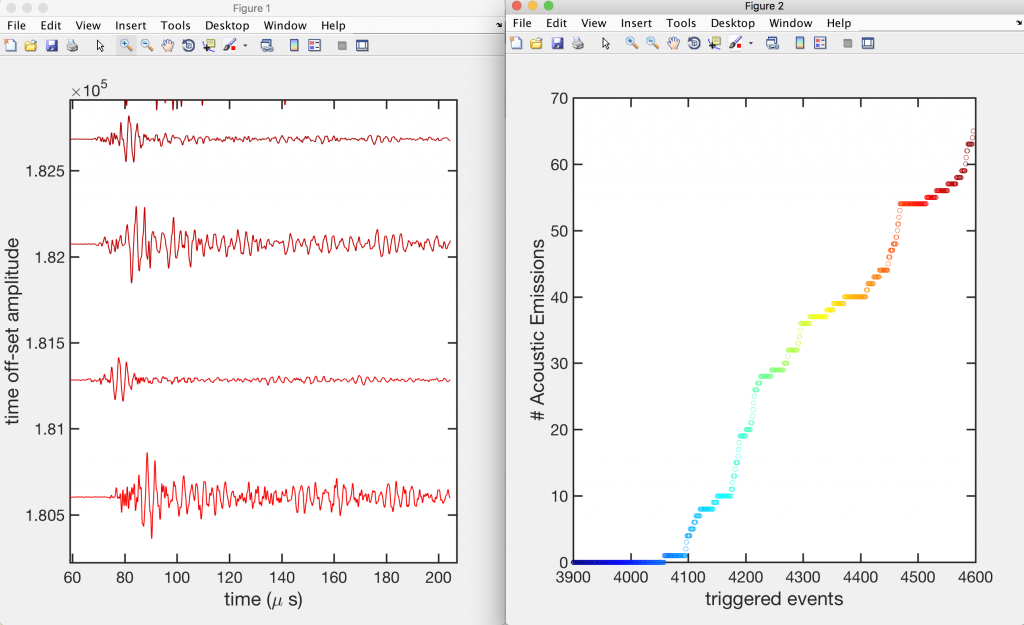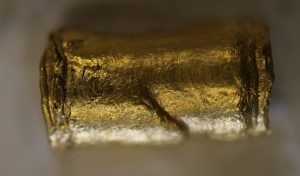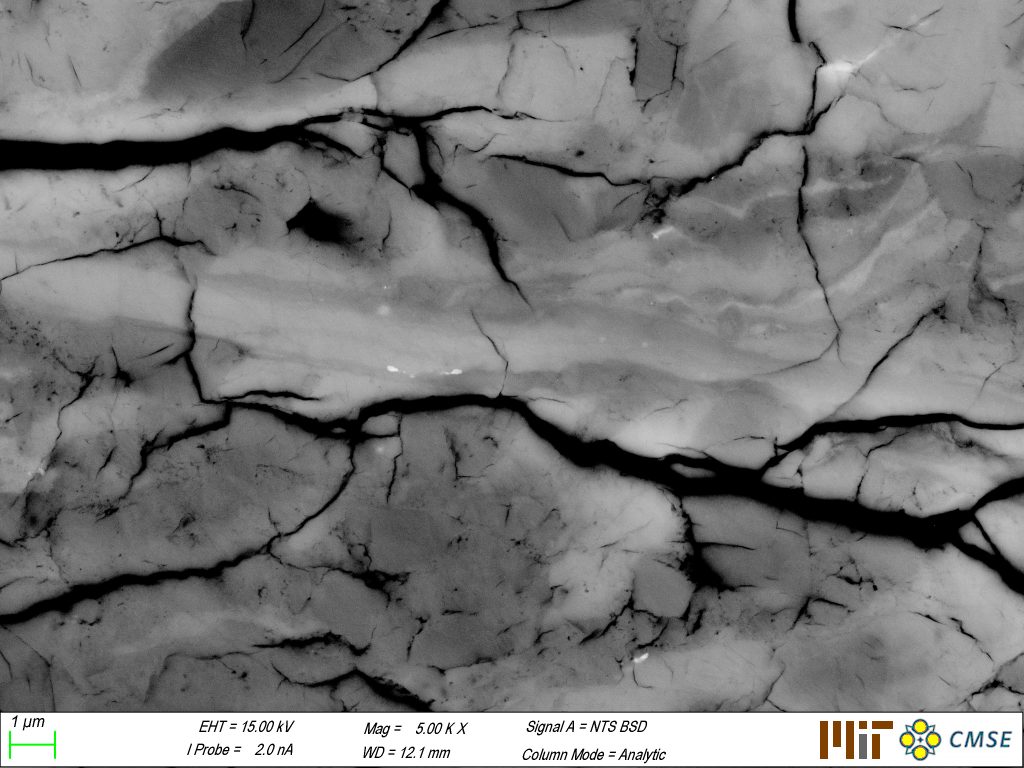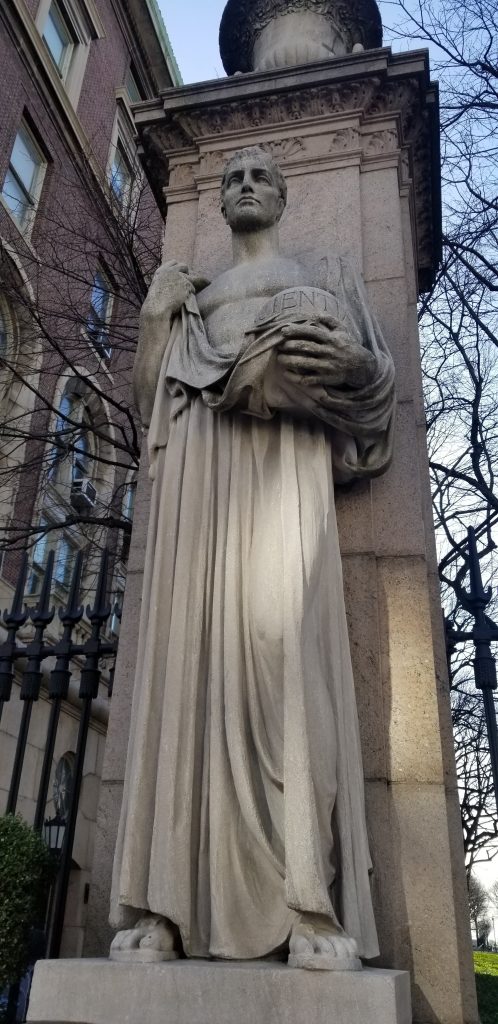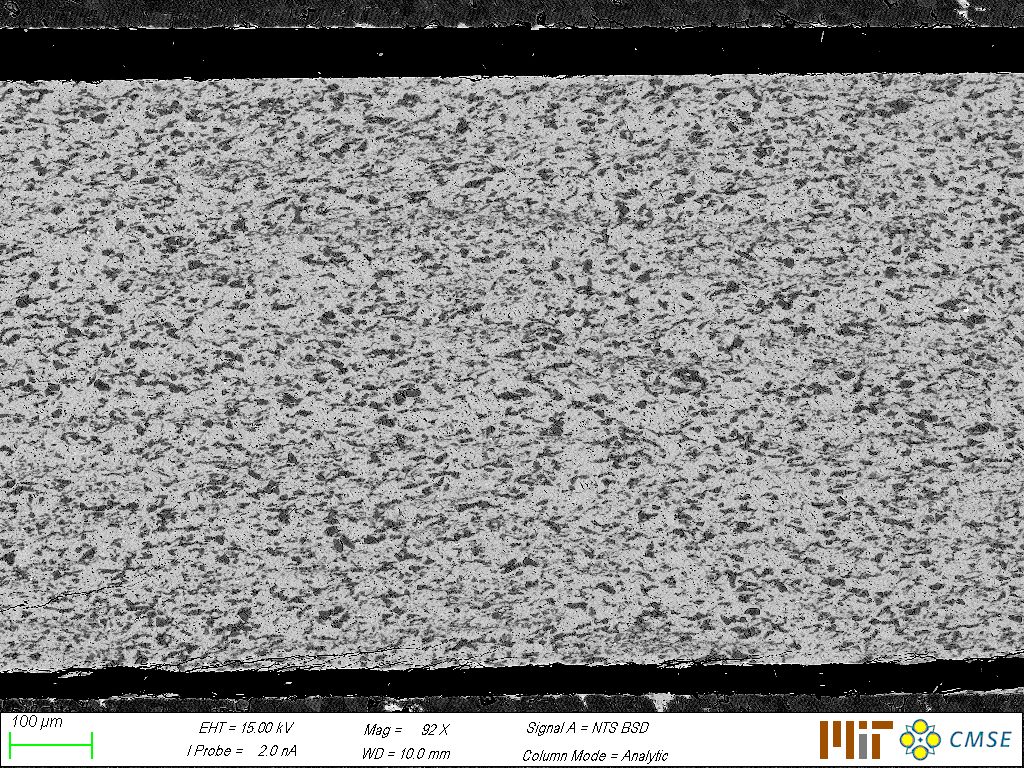We will hold our second CORD meeting between MIT and Brown next Monday, June 11th from 12:00 – 2:00 p.m. in 54-823. We will discuss the broad topic of the “brittle – ductile transition”. We will summarize the progress (or lack thereof) in our understanding of how materials stop flowing and start breaking as they approach Earth’s surface. Brian Evans will lead the discussion and Greg Hirth and I will have some additional comments. After last feedback we will try to make this meeting more interactive and shorter – we hope to get a lot of discussion going given that many of us have worked on this topic in one way or another.
The meeting will be videolinked to Brown and other interested people around the world so if you are not physically on campus you can still join (if you are interested in joining remotely shoot me an e-mail at mpec@mit.edu).
